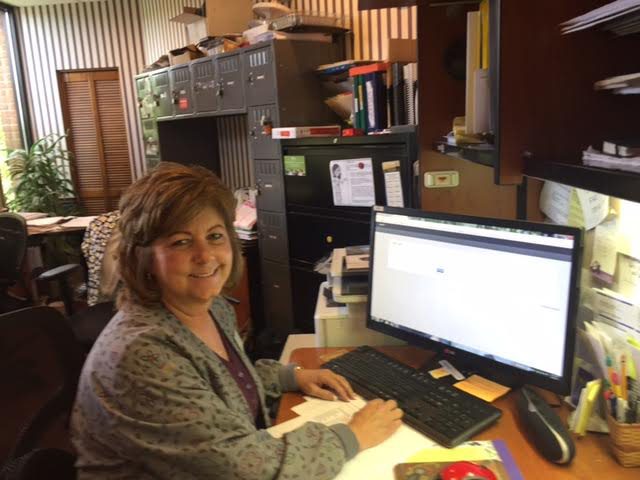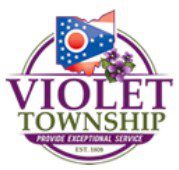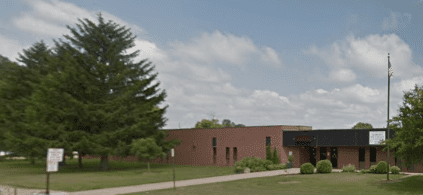Central Ohio Physician Group Advances Ohio’s Health Information Exchange
March 20, 2019
Lower Lights Christian Health Center Case Study
December 11, 2020Dublin Family Care Case Study:
Use CliniSync’s Notify solution: Increase income and provide better patient care
By Dottie Howe, M.A., M.Ed.
You need to know when your patient is admitted to or discharged from the hospital or Emergency Department (ED), and yet for many primary care physicians, weeks can go by before they ever find out their patient went into the hospital.
A new service offered by the statewide CliniSync Health Information Exchange (HIE) allows practices to submit a patient panel with basic demographics, and then receive alerts or notifications when one of their patients visits the ED or gets admitted or discharged as an inpatient within any hospital in the CliniSync network.
By using this solution – known as Notify – you not only can receive reimbursement for timely follow-up but you also provide great patient care.
Why coding correctly makes a financial difference
“Transitions of Care Management (TCM) requires that you make a telephone call within two days after a hospital discharge and then schedule a face-to-face visit within 7 or 14 days,” says Patti Rolan, Clinical Nurse Manager at Dublin Family Care in Franklin County. “Often, you don’t find out a patient has been hospitalized for anywhere between 10 days to a month.”
Timeliness means a difference in coding that then allows the practice to be reimbursed for this Transition of Care Management, she says. The TCM codes provide a higher level of reimbursement for the primary care provider that is nearly two times that of a normal visit from Medicare and private insurance companies. Conversely, the more readmissions to the hospital, the higher the risk score for the practice, costing loss of revenue for both the practice and the hospital.
Patti experimented with the workflow and trained all staff on Notify, even manually creating templates that a scheduler or clinician can use to document and chart that she has scheduled an appointment or spent time talking to the patient on the telephone. The template gives the discharge date, appointment, time and doctor with a note that automatically appears when you check the telephone call or follow-up visit box in the template. There’s little to no typing involved and this seamless process allows the billing department to code the charges correctly.
Staff receive an email for the following event types:
-Inpatient admit
-Inpatient discharge
-Death
-ER admit
-ER discharge
“You make the doctor aware that he’s doing a TCM visit from the hospital, giving him the symptoms, admission, discharge and surgery schedule. The doctor then assesses the patient’s condition and gives instructions. Whether it’s a call or hospital follow-up visit, you bill that code,” Patti says.
How follow-up provides better patient care
“Primary care focuses on all of the patient’s needs, and that phone call and follow-up visit make a difference. It’s great for patient care,” Patti says.
Clinicians must conduct a medication reconciliation, which they do by looking up the discharge summary in what’s known as the Community Health Record on that patient. This Community Health Record is another service offered by CliniSync that pulls together data and information from recent hospital encounters that patient experienced.
Once the alert comes in, the clinician checks the Community Health Record to look at what medications have been prescribed from that hospital visit, and then compares that to the patient’s previous medication list.
The practice uses the Community Health Record for clinical, nonemergent care that gives a more comprehensive picture of a patient’s health, both current and historical. The clinician has access to a view of all hospital encounters, including the latest one.
“It’s amazing because we’re billing for services correctly and providing great continuity of care for the patient,” Patti says. “First and foremost is the patient. TCM provides good continuity of patient care, and it makes the patient feel better.”
Thus far, the practice uses Notify, the Community Health Record, and is starting to “publish” data through a solution known as Contribute.
The advantage of publishing patient data
With 151 hospitals slated for implementation and 131 already live on the CliniSync HIE, the number of patients within the index for the Community Health Record is 11.7 million. That number is high because it has records from the Cleveland Clinic Foundation and hospitals on the state borders, which include patients from other states.
While some of the more sophisticated health systems already have a notification for employed or affiliated practices, this statewide notification allows a practice to pick and choose which hospitals it would like to receive alerts from, all across the state.
When you publish data, there is a face sheet from each individual encounter with demographics, emergency contact, insurance, the guarantor, and the opt in consent status. Then, in a CCD format – Continuity of Care Document – there is information on the specific event with more detailed data that outlines problems, medications, test results and transcribed reports, and any other pertinent information for that encounter.
Now, physicians and practices are starting to publish data, and Dublin Family Care is one of those early adopters.
“When you’re publishing and your patient went to the ED after hours, the ED physician can see what was done in the office. There’s no need for another blood draw or x-ray so it decreases testing. Again, you know the medications the patient is on, and all that falls into continuity of care,” Patti says.
Having been with CliniSync since 2012, Dublin Family Care is willing to try out new services and solutions, and then tailor them to their practice. “This is all about somebody taking ownership,” Patti says. “If you have a good workflow, it’ll work. And if you don’t, it won’t work. It’s all about the training. If your staff is apprehensive, they’re not going to use it or document.”
Patti believes CliniSync services will continue to provide double-edged benefits.
“The benefit is the patient is feeling reassured that their doctor knows what’s going on and is involved in their care. The other advantage is an increase in your reimbursement,” she says.
For more information on CliniSync, please visit www.clinisync.org.




